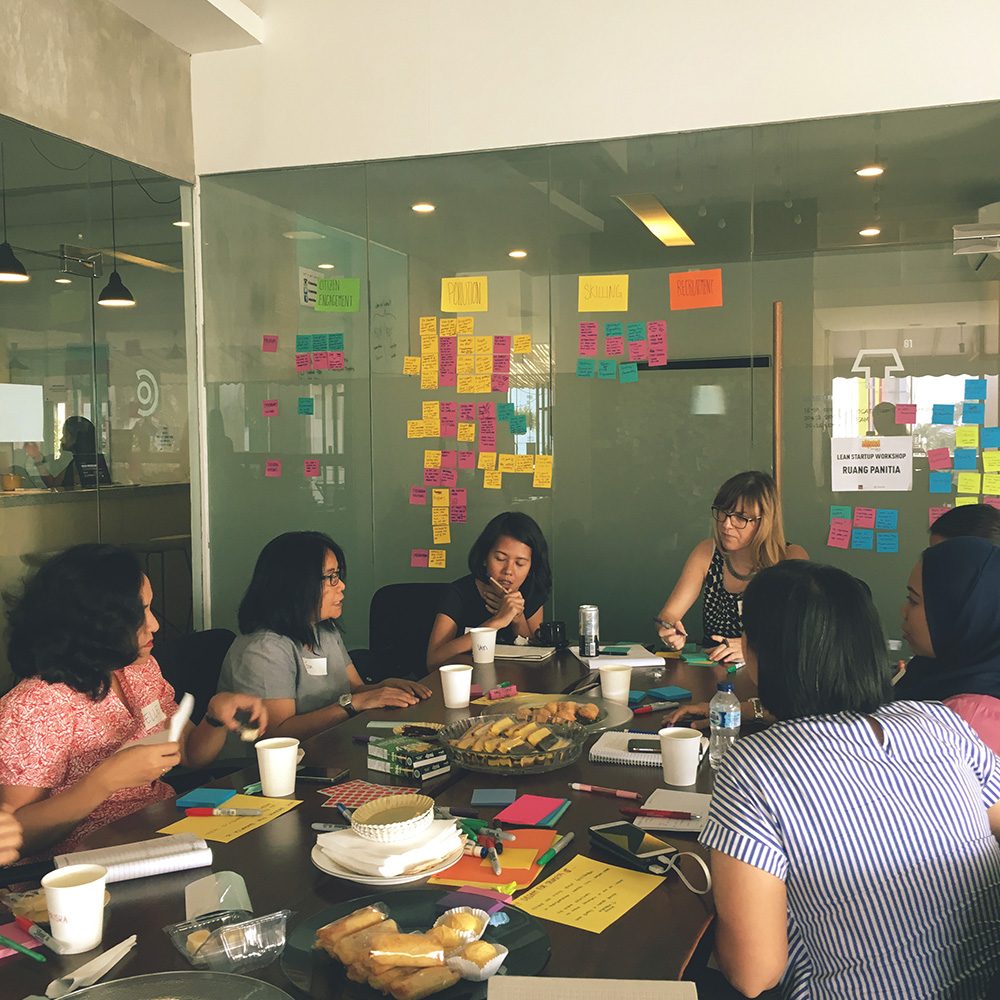Research
We conducted this research to identify where clear needs for children overlap with sizable markets and clear value-add-roles for tech actors. We believe that the nexus of these elements represents the best opportunities to do good and do good business.
Before beginning our field research, we carried out our preliminary project analysis through which we identified our research locations (Jakarta, Nairobi, and Mexico City), the urban challenges we wanted to focus on (Infrastructure, Basic Services, Human Mobility, Violence/ Hazards, and Connectivity), and some initial ideas of what types of technology opportunities we wanted to look into.
MARKET SIZING
For each bet, we have analyzed the potential addressable market and the number of people impacted, in cities in emerging and developing economies. We provide a conservative market size for each bet and an ambitious extended market size, in which tech players and other actors have been able to reach further in to the base of the user pyramid (for example, by reducing costs to users).
We took a bespoke market sizing approach to each opportunity, guided by insights of experts and entrepreneurs in our focus countries (Kenya, Indonesia, and Mexico). We extrapolated from our focus countries to other similar emerging and developing markets, adjusting for differences in key characteristic (for example, GDP per capita).
We looked at countries that had the following characteristics:
- GDP of less than 20,000 USD pc.
- More than 15% internet use
- Have more than 1M urban population
- Are not fragile states
FIELD RESEARCH
With these parameters in place, we began the field research process - combining traditional market analysis with a human centered design approach. Throughout the research in our three cities, we identified, tested and refined ideas and preliminary findings through user research and workshops with local innovators while simultaneously conducting rigorous financial modeling and market analysis.
We included user-research as a pillar of this work despite its tedious, time consuming and costly nature because we believe that designing with the user is key. By talking to end users (women and children across the socio-economic spectrum and stages of life) we could provide insights into the lives of people who are most impacted by complex urban challenges, and present the tech sector an opportunity to build better tailored and more meaningful products - while also doing good by their business.













